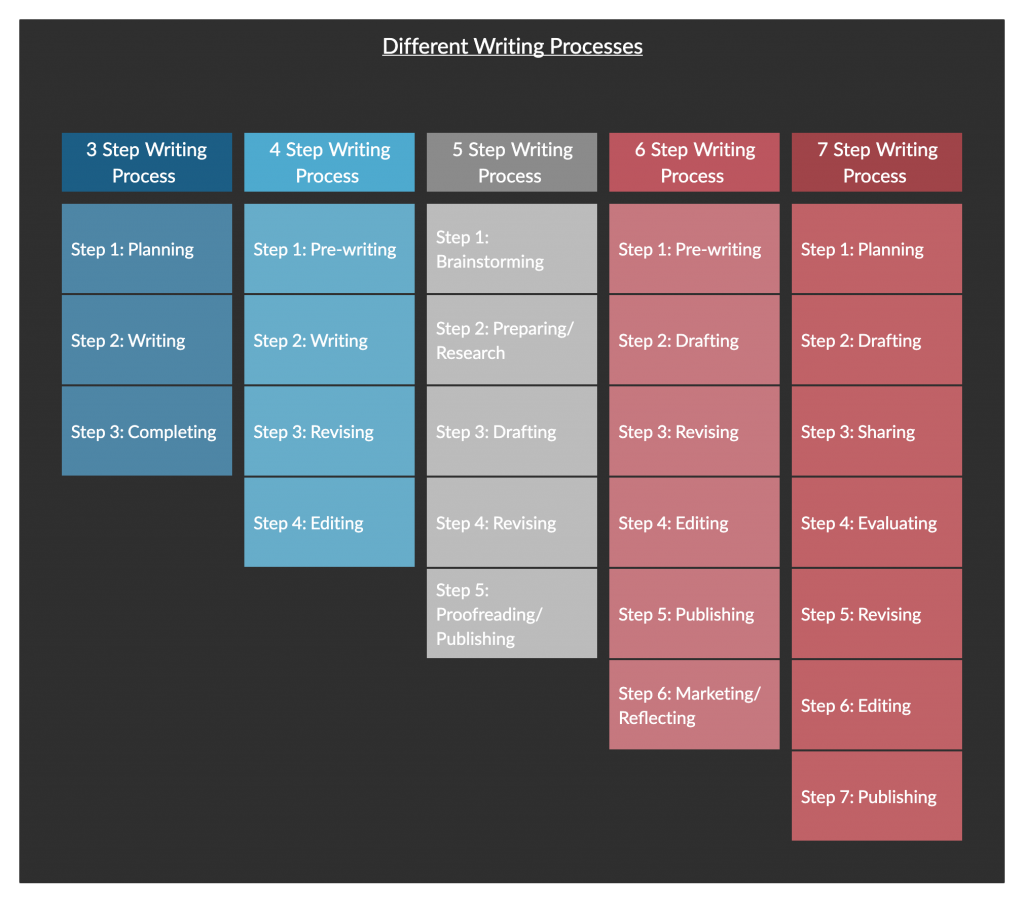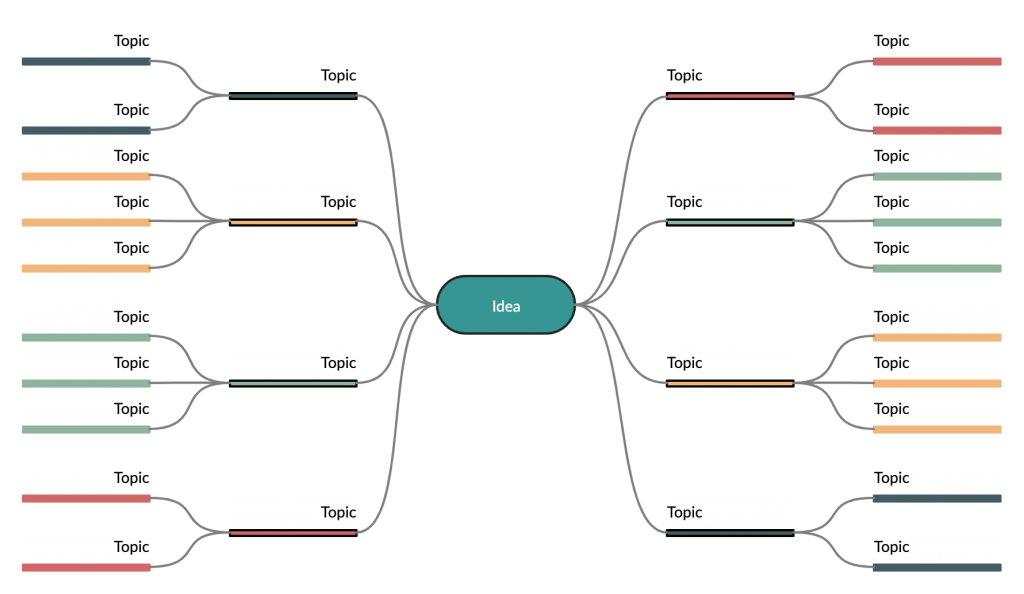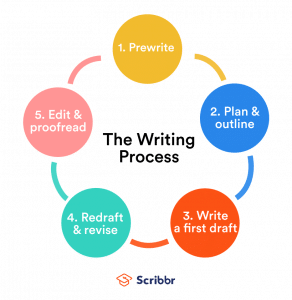
For this reason, it’s often a good idea to wait until later in the writing process before you write the introduction paragraph—it can even be the very last thing you write.
You have a strong introduction - now make sure the rest of your essay is just as good.
Particularly in longer essays, it’s helpful to end the introduction by signposting what will be covered in each part. Keep it concise and give your reader a clear sense of the direction your argument will take.
When you’ve finished writing the essay body and conclusion, you should return to the introduction and check that it matches the content of the essay.
Step 5: Check and revise
Everything in the introduction is relevant to the main body of the essay.
Without a clear thesis, an essay can end up rambling and unfocused, leaving your reader unsure of exactly what you want to say.
I have introduced the topic with necessary background information.

- It will help you write better and faster. By breaking down the task into manageable steps, you can do away with the struggling and procrastinating.
- Since you will be following individual steps, you can focus on each better, which in turn will be reflected in the quality of the final copy.
- Practice makes perfect. The more you follow the process, the more it will improve your writing skills.
- At the end of it, you’ll have something that is well-written, free of grammar or spelling errors, properly formatted and of greater quality.
Taking time to complete this step is important because it helps with gathering and preparing everything you need for the subsequent writing steps.
The writing process refers to the steps someone takes to compose text. That said, every individual writer follows his or her own writing process and it usually comes naturally to them.
If you have already searched the term writing process on the web, you may have come across several different types of it. Some claiming to have 3 steps, 4 steps or even 7 steps. Here’s what we found
Many different processes for writing

For the sake of keeping it simple and effective, we’ll stick to a 5-step writing process that anyone can refer to and use for better results.
You can make this another chance to ensure that your article delivers what your title promises. It’s better to get someone else to read your piece in this step as well, for they may find errors that you might have gotten too tired to notice after sifting through it for dozens of times.
The 7-step writing process here is used mostly in schools where teachers guide the children by showing them how to write by planning and drafting a model piece in front of the class. Then they can incorporate the input of the children with a shared piece, which can then be evaluated, revised and edited (with the help of the teacher) before publishing.

What is an analytical essay? A critical analytical essay analyzes a topic, often a text or film. The analysis paper uses evidence to support the argument, such as excerpts from the piece of writing. All analytical papers include a thesis, analysis of the topic, and evidence to support that analysis.
This essay sticks pretty closely to the standard analytical essay outline. It starts with an introduction, where I chose to use a quote to start off the essay. (This became my favorite way to start essays in high school because, if I wasn’t sure what to say, I could outsource the work and find a quote that related to what I’d be writing about.) The quote in this essay doesn’t relate to the themes I’m discussing quite as much as it could, but it’s still a slightly different way to start an essay and can intrigue readers. I then give a bit of background on The Grapes of Wrath and its themes before ending the intro paragraph with my thesis: that Steinbeck used literary devices in intercalary chapters to show how rough migrants had it.
Literary devices can both be used to enhance your writing and communication. Check out this list of 31 literary devices to learn more!
What does this analytical essay example do well? For starters, it contains everything that a strong analytical essay should, and it makes that easy to find. The thesis clearly lays out what the essay will be about, the first sentence of each of the body paragraph introduces the topic it’ll cover, and the conclusion neatly recaps all the main points. Within each of the body paragraphs, there’s analysis along with multiple excerpts from the book in order to add legitimacy to my points.
Essay

In the rest of this article, we’ll explain how to include each of these in your analytical essay.
Writing a research paper for school but not sure what to write about? Our guide to research paper topics has over 100 topics in ten categories so you can be sure to find the perfect topic for you.
Your introduction will begin with some sort of attention-grabbing sentence to get your audience interested, then you’ll give a few sentences setting up the topic so that readers have some context, and you’ll end with your thesis statement. Your introduction will include:
Before you begin writing an analytical essay, you must know what this type of essay is and what it includes. Analytical essays analyze something, often (but not always) a piece of writing or a film.

Writing can be intimidating, even if you are an experienced writer. But a process – by breaking it down to simpler steps – can help you write faster and better. After all the way you write affects how well you write.
The 7-step writing process here is used mostly in schools where teachers guide the children by showing them how to write by planning and drafting a model piece in front of the class. Then they can incorporate the input of the children with a shared piece, which can then be evaluated, revised and edited (with the help of the teacher) before publishing.
In this stage, spend time brainstorming and conducting research to understand your topic better and gather relevant information.
It’s important that you only focus on getting the ideas roughly into sentences without worrying too much about spelling, grammar or vocabulary here.
What is the Writing Process?

In the 6-step process, marketing and reflecting refer to bringing what you’ve written in front of your audience and assessing the feedback to understand what you could have done better.
You can revise your draft as many times as you want. However, it’s better to wait at least a few hours if not a day to revise you draft again after the first attempt.
Taking time to complete this step is important because it helps with gathering and preparing everything you need for the subsequent writing steps.
In your initial draft, it’s common to end up with a lot of sentences that are poorly formulated. Look critically at where your meaning could be conveyed in a more effective way or in fewer words, and watch out for common sentence structure mistakes like run-on sentences and sentence fragments:
- Grammatical errors.
- Ambiguous phrasings.
- Redundancy and repetition.
It can be difficult to look objectively at your own writing. Your perspective might be positively or negatively biased—especially if you try to assess your work shortly after finishing it.
The goal at this stage is to get a draft completed, not to make everything perfect as you go along. Once you have a full draft in front of you, you’ll have a clearer idea of where improvement is needed.
Step 5: Editing and proofreading

Narrow down your idea to a specific argument or question. For example, an appropriate topic for an essay might be narrowed down like this:
Whether you’re publishing a blog, submitting a research paper, or even just writing an important email, there are a few techniques you can use to make sure it’s error-free:
When evaluating your writing at this stage, you’re mainly looking for larger issues such as changes to your arguments or structure. Starting with bigger concerns saves you time—there’s no point perfecting the grammar of something you end up cutting out anyway.
- Making changes to your overall argument.
- Reordering the text.
- Cutting parts of the text.
- Adding new text.
